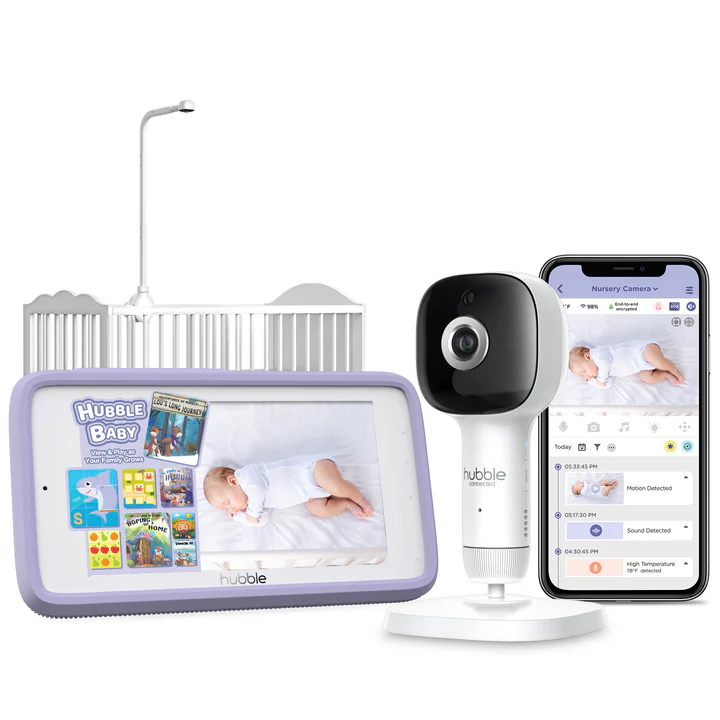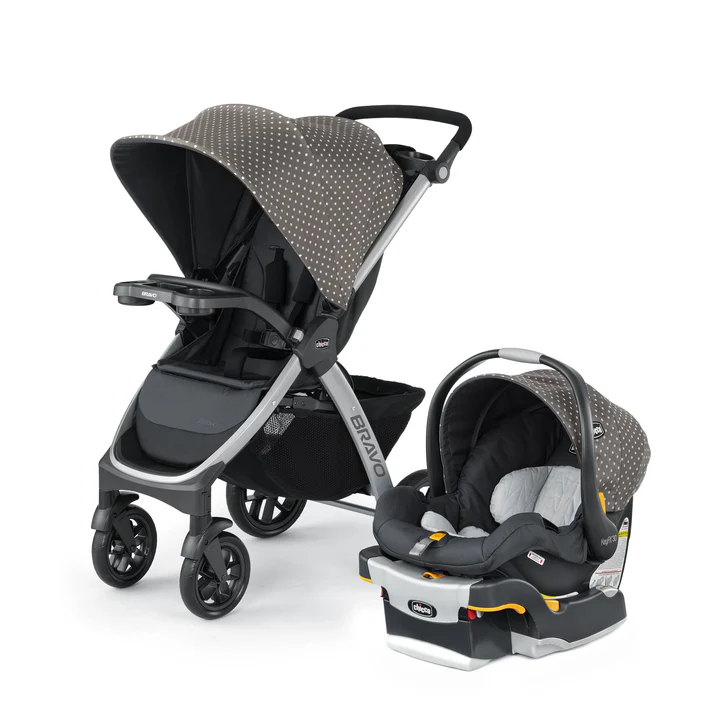“It has been a long road but we are finally seeing the light at the end of the tunnel!”
In vitro fertilization, also known as IVF, is giving parents everywhere hope where it’s needed the most.
The procedure — which involves egg harvesting, in-lab fertilization and embryo implantation — was once nothing more than a fantasy for parents struggling to conceive a baby naturally.
But that fantasy became reality in 1978 when the first IVF baby, Louise Brown, was born in England, per PBS.
RELATED: Baby boy born from a 30-year-old frozen embryo becomes world’s ‘oldest baby’
Now more than four decades later, a new study published in “Fertility and Sterility” is giving us our first-ever estimate of just how many babies owe their lives to IVF — and the results are mind-boggling.
According to the study, anywhere from 10 to 13 million babies were born via IVF between 1978 and 2018.
“We found IVF births have grown exponentially,” said Professor Georgina Chambers, one of the study’s lead authors, per the University of New South Wales (UNSW).
"Preliminary global data suggests an additional 3–4 million infants were born past the study’s cutoff in 2018,” she added. “This brings the total in 2024 to 13–17 million infants.”
According to Science Alert, an IVF baby is born every 35 seconds.
Europe and Asia led the way with between three and four million IVF babies each, while North America contributed around 1.5 million such births, per the study.
The numbers were based on 40 years of data collected by the International Committee Monitoring Assisted Reproductive Technologies (ICMART) and included data from 101 nations around the world.
IVF success rates are improving, but still aren’t a guarantee
While the first IVF baby was born in 1978, it wasn’t until 1981 that the United States joined that parade.
Today, the process begins by taking hormone shots to stimulate multiple eggs to grow inside the body. Once mature, the eggs are extracted from the body and sent to a lab, where they’re fertilized by sperm.
Those eggs eventually become embryos, which are then transferred back into the body or frozen for later.
Unfortunately, this process doesn’t always work the first time and some families may never see success, but IVF success rates continue to improve as the technology behind in vitro fertilization advances.
According to Today, the average IVF success rate for a healthy embryo is about 60 to 65%.
“The younger the egg, the better quality and the higher probability of normal genetics,” Dr. Natalie Crawford, fertility doctor and co-founder of Fora Fertility, told Today.
According to the Society for Assisted Reproductive Technology (SART), women under the age of 35 have the best chance of success with IVF.
“Ultimately, the thing that impacts outcomes the most is maternal age, so getting started sooner is ultimately better if IVF is needed,” Crawford added.
Women under the age of 35 have about a 51% chance at a live birth with IVF when using their own eggs, per the SART. That number drops to 25% for women aged 38-40 and just 4% for women older than 42.
The mother’s (or donor’s) lifestyle habits also play a role in IVF success rates.
According to Crawford, women can increase success rate by “not smoking, limiting alcohol, eating more fruits and vegetables and less processed foods, limiting stress and getting at least seven hours of sleep.”
ALSO ON MOD MOMS CLUB: Baby boy born at 21 weeks becomes Guinness World Records ‘most premature baby’ ever
"As more babies are born through IVF, we hope access to safe, high quality care will become more equitable – and based on human rights – across the world,” Chambers said, per UNSW.












